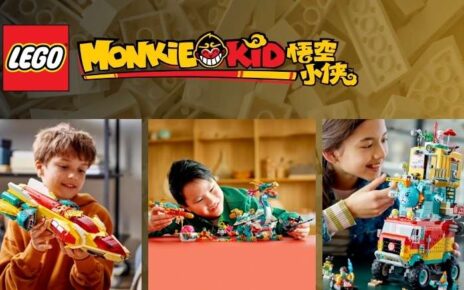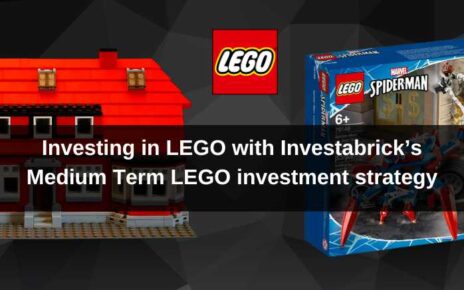Investing in LEGO has become increasingly popular due to several factors. First and foremost, LEGO sets appreciate in value over time, making them a tangible and enjoyable alternative investment. Additionally, the enduring appeal of LEGO across generations ensures a stable and robust secondary market, attracting collectors and investors alike. One of the questions we are asked the most often is how do you assess a LEGO set as to whether it will be a good LEGO investment for the future, so we have put together the following guide which explains 7 of the main factors we take into account when deciding upon a LEGO investment strategy.
1. Performance of retired sets within the theme/sub-theme
We take an in depth look at how the retired sets, within both the overall LEGO theme and the more specific sub-theme have changed in value since they were retired and also project forward how we expect these trends to perform as well as looking at the most likely comparable sets to give us a basis for projecting the future value of the LEGO sets.
2. Likely popularity of the subject of the set
This is quite subjective but we like to assess whether we think the specific set (and the underlying subject matter) are popular now and whether that is likely to continue going forward. This is far more relevant in the LEGO themes that have a broad remit (ie LEGO Ideas or LEGO Icons).
3. Uniqueness of the set
Is this the only version of this LEGO model, or is it a subject matter that has previously been covered, if so, are the other models at similar or very different price points. Which of the models do we think are the better ones and how do we think this will affect future values? How have the similar previous models performed since retirement and does this current model have clear distinguishing differences.
4. Estimated supply/demand of the set
We take into account the balance between supply and demand for a LEGO set as much as possible whilst it is still at retail sale and then how this will potentially change once the set has retired. For this we look at sales volumes, at length of shelf life, how often it goes out of stock, how often and deeply the LEGO set price is discounted. At any time, a number of LEGO sets are “LEGO.com Exclusive” or limited to one additional retailer. This clearly can affect the LEGO supply of the set as well as how often (or little) a LEGO set is discounted.
5. Price per brick
One way of comparing LEGO sets for investment is to look at the price per brick of the differing sets. At RRP some sets will be below 5p per brick whereas some others will be at above 10p per brick. Not all bricks are made equal of course and we will also look to see if there are set specific or unique pieces included that may themselves increase future values of the set.
6. Number and value of minifigures included
Not all sets come with LEGO minifigures but they can play a large part in assessing the value of the LEGO sets that do include them. Minifigures can value at as little as a £1 but at the other end of the spectrum can become worth £100s if not £1000s (or even more for the rare of promotional ones!). It is possible for the value of the minifigures to be worth the majority of the overall LEGO sets value.
7. How long until the set retires
This is more about timing your purchase than the value of the LEGO set. For LEGO sets that remain on retail sale their value is capped to that RRP until the set is actually retired. So in effect you can be tying up your capital for months or even years before it actually has any opportunity to start appreciating in value. We look to buy the majority of our LEGO investments as close to their retirement as possible.





